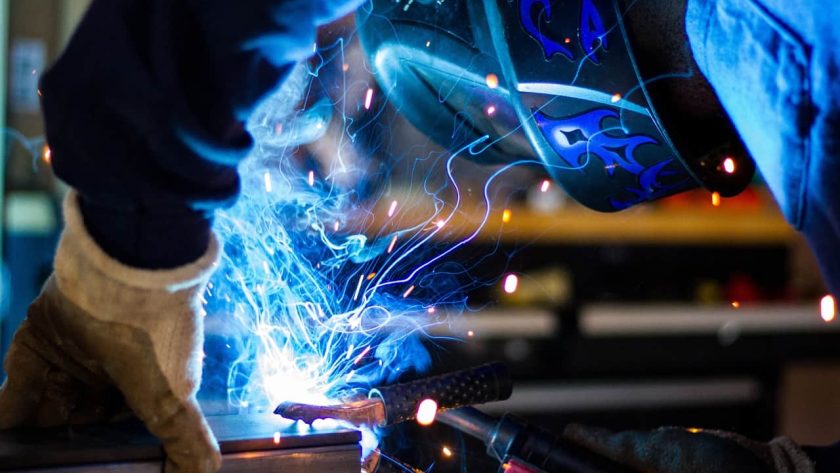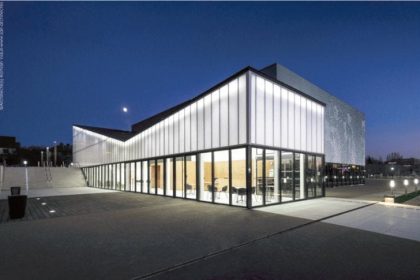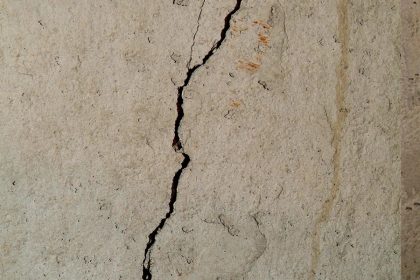If you are a beginner as a welder, you may wonder what tools you will need to use to help you get started in your trade. Welding is often difficult for beginners – to perform a precise weld, you need to have the skill, technique, and the right supplies to help get it done. Before you visit Harbor Freight or Welding Supplies from IOC, its important to learn about what you might need to start your welding project.
Many who decide to join the welding trade worry that getting started will be very expensive. While there are a number of tools and some additional equipment required to start, you can easily find the right supplies for your needs without spending too much money along the way.
There are a wide variety of handy tools that you need to get started, so here are some of the most significant selections to add to your novice welding repertoire.
Welding Tools
As you become more advanced in welding and take on specialized projects, you may decide there are additional tools you need to help you get the job done right. But there are a few welding tools that you can start with instead:
- Spanner: The spanner is useful in helping you to tighten or loosen different fasteners. They are often made of steel, and using a double-ended spanner is often best here.
- Hammer: A welding hammer can be useful when you need to remove or chip slab-coating from your weld area. A 500-gram hammer is best for this, and you can choose between a straight, cross-pane, or ball-pane hammer.
- Pliers: Welding pliers are designed to help remove some of the spatter from welding. They can also pull wire and install the necessary nozzles and tips.
- Chisel: These are used to help cut flat, angled, or round iron or go through thicker metal sheets. They can also remove any unneeded metal from the work surface you have.
- Steel tape: This steel tape is used to help you measure out the weld and what you need to get done. You can pick varying lengths based on what needs to be done.
- Scale and weld-gauge: Scale is used to help measure the size of the job, and the weld-gauge is used to measure the depth of the weld as you work.
- Wire brush: You may need to use a wire brush to help scrub off your welding surface to keep it clean.
- Tongs: Tongs are hand tools you can use to hold and lift up hot pieces of metal while you are welding. They are better than vice grips for this due to their size.
- Clamps: Welding clamps are useful for the temporary holding of two parts or materials together. It can produce a tighter joint when you do the work.
- Angular grinder: Your angular grinder can be found in metal fabrication as well as in some metal shops. They are a handheld power tool that is attached to a blade or stone disc. They will spin at high speeds to help cut or grind and even to provide a smooth finishing touch to weld metal.
- Spark lighter: The spark lighter will have shape edges that can produce a spark when you rub it against the cast-iron wheel. This can help light the gas released out of the welding torch.
- Tip cleaner: There is a fine hole present in the nozzle that can get dirty when you are doing some of the work. This tip cleaner can get in there to remove all of the debris and keep the nozzle working the way it should.
- Files: These are similar to the angular grinder but much smaller. They will help you remove some of the burrs and rough edges from your metal when cutting it.
Welding Equipment
Along with some of the tools listed above, you may also need several pieces of equipment to help you get your welding done. You can choose which pieces make the most sense for you but remember some of the safety items when you are near high heat.
Some of the welding equipment you will need includes:
- Gas cylinders: These are made out of thick steel sheets that can handle high pressure.
- Oxygen cylinder: Oxygen can be stored in these for a long time. It is often going to be in black and will help you add oxygen to the project when necessary.
- Acetylene cylinder: This tank is going to contain acetylene gas in a liquid form. The temperature will remain at 30 degrees Fahrenheit, and the gas pressure will be kept at 250 pounds per square inch.
- Gas regulator: You will need one of these to ensure that you can maintain the necessary gas pressure during the welding process and to supply the gas to your welding torch at a low pressure.
- Welding goggles: These are used to protect the eyes against the possible harmful effects of the gas flame. Green or blue are often used to make sure that you won’t have to worry about the radiation or the high-temperatures either.
- Welding helmet: This is a critical piece of welding equipment that will provide some of the necessary protection. This can protect the skin and eyes from a serious spark and avoids damage to the eyes at the same time.
- Gloves: You should look specifically for welding gloves. This can keep your hands safe from the higher temperatures when you are welding, along with protection from electric shock.
- Anvil: This is a strong metal that you can use to help flatten the top surface of any of the metals that you are working with. It can also be used when you need to hammer a hot job. Since it is made out of steel, it can handle any project you need.
The Bottom Line
As a welder, you need various tools and equipment at your disposal to ensure you can get the work done. The exact type of work that you do as a welder helps determine the necessary supplies. Take a look at the list above to learn more about the most common welding equipment and see if you need to pick up some more tools to get the work done.





